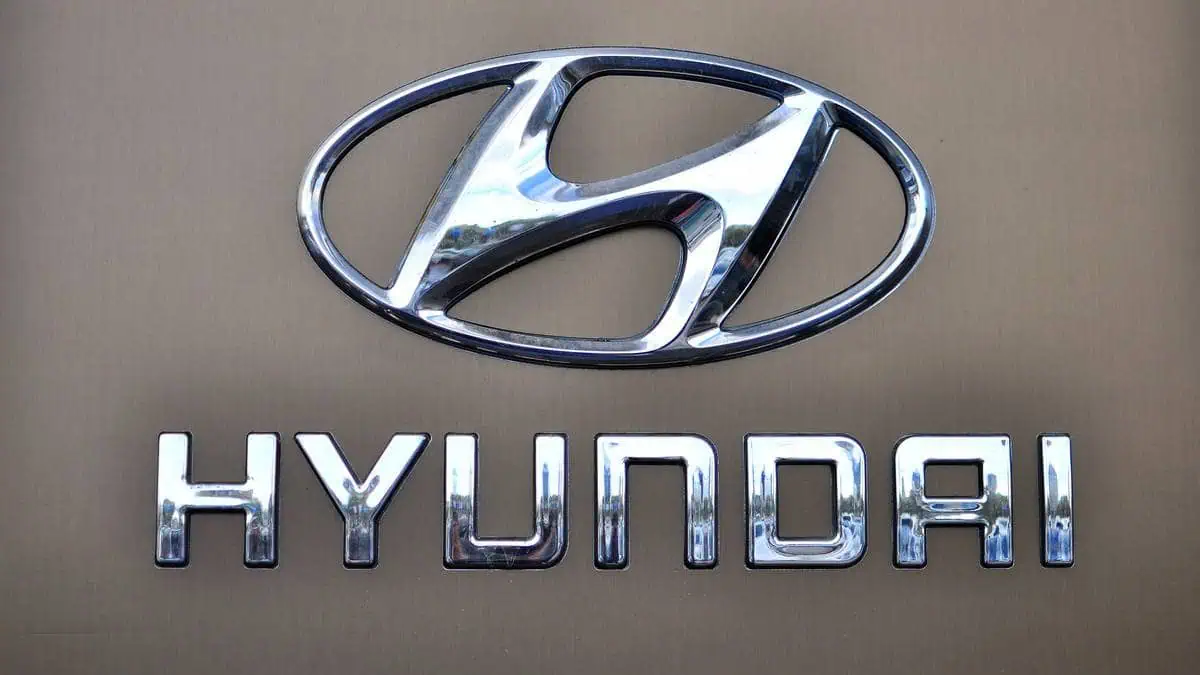Hyundai Motor Group has reportedly developed an Automatic Charging Robot (ACR) for electric vehicles.
The ACR for electric vehicles is a one-arm robot that can plug a cable into the charging port of an EV and then remove the cable once charging is finished.
A video that the automaker published begins with the appearance of a Hyundai Ioniq 6 that has been autonomously parked in an electric vehicle charging station.
ACR to make EV charging easier and more convenient
Once the vehicle has stopped, the ACR will initiate communication with the vehicle to open the charging port. It will do this by determining the precise location and angle using a camera mounted inside the vehicle.
Afterward, the robot grabs the charger and attaches it to the vehicle’s charging port, kicking off the charging process. When the charging process is finished, the robot will take the charger off the vehicle, replace it in the correct location, and close the cover over the charging port.
“The ACR will help to make EV-charging easier and more convenient, especially in dark environments. It will also improve accessibility, particularly for people with mobility barriers, as charging cables become thicker and heavier to enable high-speed charging.
We will continue developing the ACR for increased safety and more convenience so that all EV customers can soon benefit from using it at charging stations.”
Dong Jin Hyun, Head of the Robotics Lab for Hyundai Motor Group
The ACR is an example of the Group’s advanced robot technology, even though it may give the impression of being overly straightforward at first glance. While developing the ACR, the Robotics Lab of the Group considered various factors.
These factors included the parking position of the vehicle, the form of the charging port, the weather, potential obstacles, and the weight of the charging cable.
ACR has an IP65 rating
A robot must have software technology capable of simultaneously calculating these multiple variables to safely attach a charger to the charging port.
In order to achieve this goal, the Group has developed an algorithm that integrates 3D camera-based artificial intelligence technology into robots. Based on this application, next-generation control technology enables robots to carry heavy chargers precisely.
Since most EV chargers are installed outside without any cover, the Group’s engineers constructed a one-of-a-kind outdoor electric vehicle charging station at its R&D center. They tested how well it performed in various weather conditions.
Consequently, the ACR has been rated IP65 for its resistance to water and dust. Its performance has been significantly enhanced, making it possible to function reliably even in harsh environments.
Furthermore, engineers have placed a safety pole around the robot that has a laser sensor built into it. It will allow the robot to avoid any potential accidents by being able to detect obstacles that are both still and in motion.
Hyundai expects changes in EV charging with ACR tech
Hyundai Motor Group anticipates that automatic charging robots will significantly improve the convenience of charging EVs. In the future, they can enhance usage by successively charging multiple parked cars.
Combining automatic charging robots with autonomous parking control systems will be possible.
During the 2023 Seoul Mobility Show, which will take place at KINTEX in Ilsan-gu, Goyang-si, Gyeonggi-do from March 31 to April 9, the newly unveiled ACR will be on display at the exhibition booth that Hyundai Motor is providing.
See Also:
- The 2024 Hyundai Kona officially debuts with EV and ICE powertrains
- Hyundai Motor nearly doubled global plug-in car sales in January 2023
- Hyundai celebrates the successful production of its first US-made EV – the Genesis Electrified GV70 SUV
- Hyundai IONIQ 5 awarded 2023 Best Electric Vehicle by Cars.com
- Hyundai Evolve+ EV subscription program simplifies EV ownership





